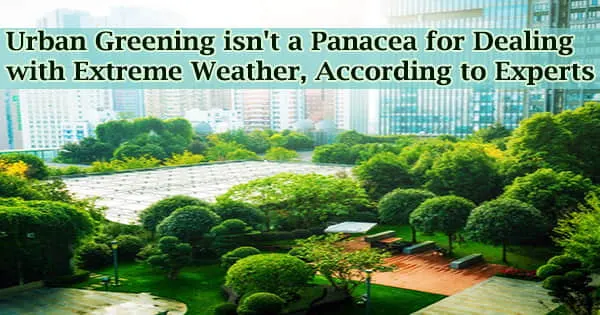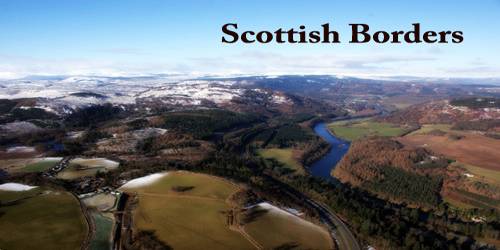According to scientists, urban greening is unlikely to provide a single solution for addressing extreme weather events caused by climate change.
The majority of cities around the world will not be able to minimize heatwaves and flooding at the same time by implementing methods such as green roofs, living walls, vegetated urban spaces, and parks, according to a study led by Cardiff University academics.
The team’s findings, published today in the journal Nature Communications, reveal that the cooling or flood-reducing potential of green urban spaces is highly influenced by the local climate, with flood protection being more effective in arid climates and cooling being more likely in humid regions.
Each city has its own climate, which poses considerable dangers, especially as climate change raises the chance and intensity of future extreme weather events.
The urban heat island effect (UHI) is generated by the predominance of concrete and steel, which absorb and hold heat, as well as the lack of cooling provided by water evaporating from plants.
Flooding is a symptom of the urban stream syndrome (USS), in which city constructions and systems obstruct natural rainwater flow into the environment. To address these issues, urban greening in the form of green roofs, living walls, vegetated urban spaces, or parks is widely advocated as a solution.
Local and regional climatic conditions significantly impact the capacity of urban soils and plant growth to simultaneously defend against flooding and extreme heating. In fact, our findings indicate that in many, possibly the majority, of global cities, urban greening will not be able to mitigate cooling and flooding at the same time.
Dr. Mark Cuthbert
These methods can help protect local animals, minimize pollution, and improve the general well-being of local inhabitants, in addition to reducing UHI and USS consequences in our cities.
The researchers examined global climate model outputs and meteorological data from 175 cities around the world for their research, which spanned 15 years of daily observations from 2000 to 2015.
Water infiltration into soils, which operate as a sponge to reduce precipitation runoff, and evaporation of water from plants, which can produce the desired cooling effect, were calculated using this data in conjunction with soil science theories.
“Our research found that the ability of urban greening to mitigate local flooding and excess heat is not automatic nor, in some areas, even possible,” said lead author of the study Dr. Mark Cuthbert, from Cardiff University’s School of Earth and Environmental Sciences.
“Local and regional climatic conditions significantly impact the capacity of urban soils and plant growth to simultaneously defend against flooding and extreme heating. In fact, our findings indicate that in many, possibly the majority, of global cities, urban greening will not be able to mitigate cooling and flooding at the same time.”
The researchers also discovered that, when rainfall patterns become more variable as a result of climate change, thinner green structures, such as green roofs, may lose performance faster than bigger greened areas with thicker soils and root systems.
They claim that urban planners must evaluate these factors in order to identify the optimal solution for each city, with a balance between performance, cost, and viability.
“While urban greening may not be a panacea, our results show what’s possible in designing the cities of the future,” Dr. Cuthbert concluded.
The research was led by Cardiff University in conjunction with scientists at the University of New South Wales, Karlsruhe Institute of Technology, and Nottingham Trent University.
















